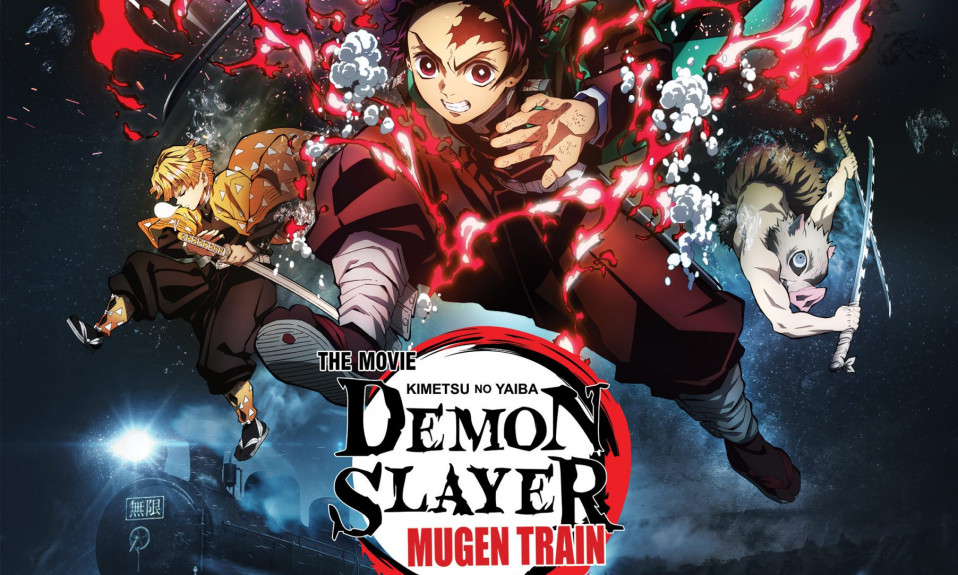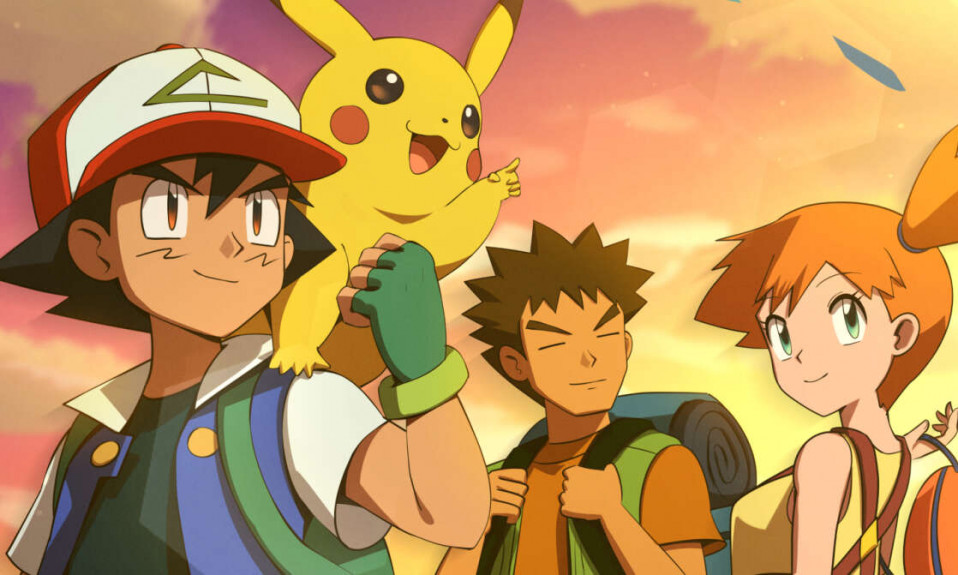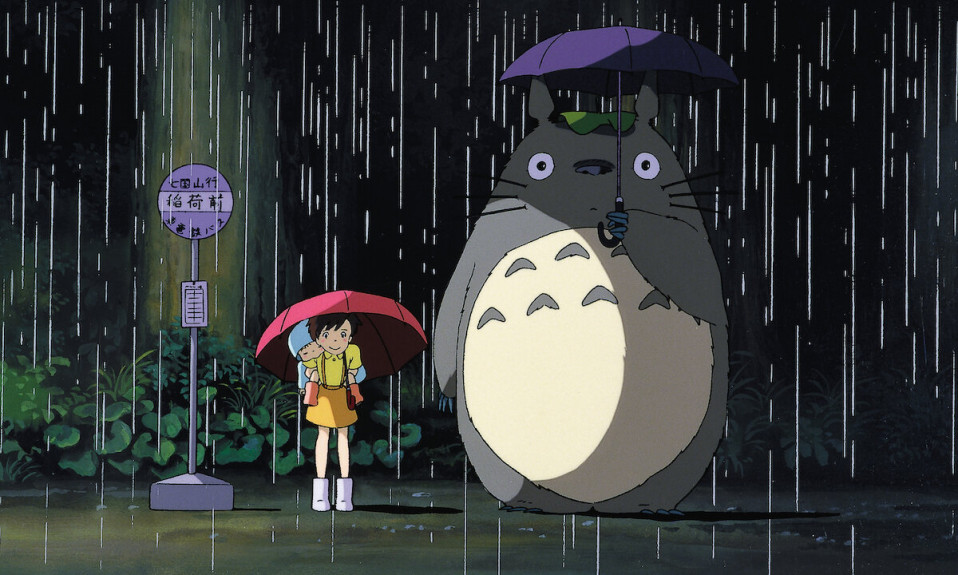After a rough year for cinemas across the world, cinemas are starting to bounce back. As theatres carefully reopen, a few films are benefitting from less competition. Demon Slayer: Mugen Train in particular is doing very well. It’s overtaken Spirited Away and Your Name as the highest-grossing film in Japan, and it’s currently the highest-grossing anime film ever.
Anime has had a cult presence in the UK since the 90’s, but it’s much more popular now than it ever was, here we take a look back at some of the iconic anime that made the medium go international.
Akira (1988)

Set in the futuristic year of 2019, Akira’s vision of Neo-Tokyo has inspired countless artists and filmmakers, as well as the cyberpunk genre. Many artists cite the film as an influence, as well filmmakers. Alita: Battle Angel, Cowboy Bebop, The Matrix, Looper and Inception have all referenced or cited it as an influence. The film was a huge hit in Japan but also did well in the US, grossing about $1 million despite a limited run. This limited run resulted in it becoming a cult classic and selling very well on home video, introducing the medium to western audiences and paving the way for others.
Unusually for animation, the voices were recorded first, with the animation and lip-syncing done around the performances. It also had over a whopping 150,000 animation cells, which is why it’s so smooth and detailed.
Ghost in the Shell (1995)

Along with Akira, Ghost in the Shell helped show that anime wasn’t solely aimed at kids. Frequently praised for its visuals and score, it used some (at the time) unique special effects. With a combination of hand-drawn and digital animation. It has created some iconic visuals, which have inspired films like The Matrix and Avatar. James Cameron regards it as “the first truly adult animation film to reach a level of literary and visual excellence”. The Wachowskis, in particular, showed the film to producers claiming “we want to do that for real” for The Matrix and its sequels, and for the most part they succeeded.
A live-action version was released in 2017, while it received mixed reviews, it does follow very closely to the original, both its plot and its visuals.
Pokemon: The First Movie: Mewtwo Strikes Back (1998)
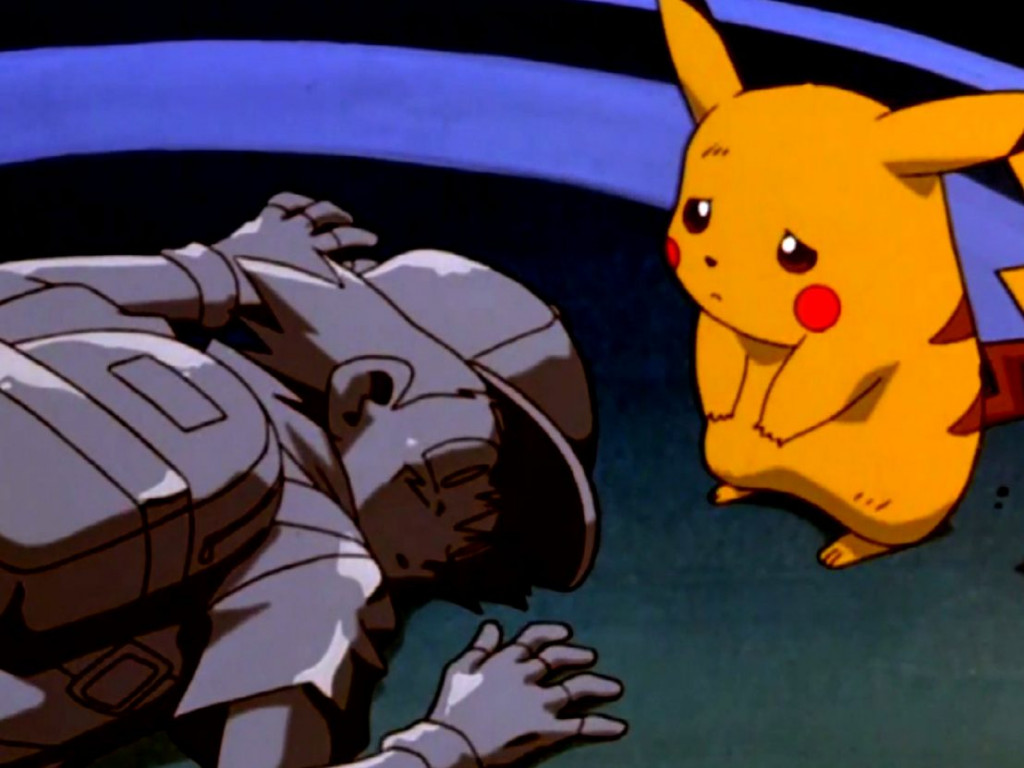
Even if you don’t recognise any of the other entries on this list, you will defiently know Pokemon. Whether it’s because you played the games, watched the show with that iconic theme song, or even just know Pikachu. Pokemon was a smash hit when the first game launched in 1996, and the anime aired a couple years later. The fun designs and the “Gotta Catch ’em All” premise is perfect for kids. The anime does a great job of showcasing the pokemon in action as it follows Ash on his quest to become a pokemon master. The anime also spawned several feature films, notably the first one, which introduced the mysterious Mew and Mew-two. It also has something of a “rivalry” with Digimon, which has a similiar premise, and started at a similar time.
Studio Ghibli
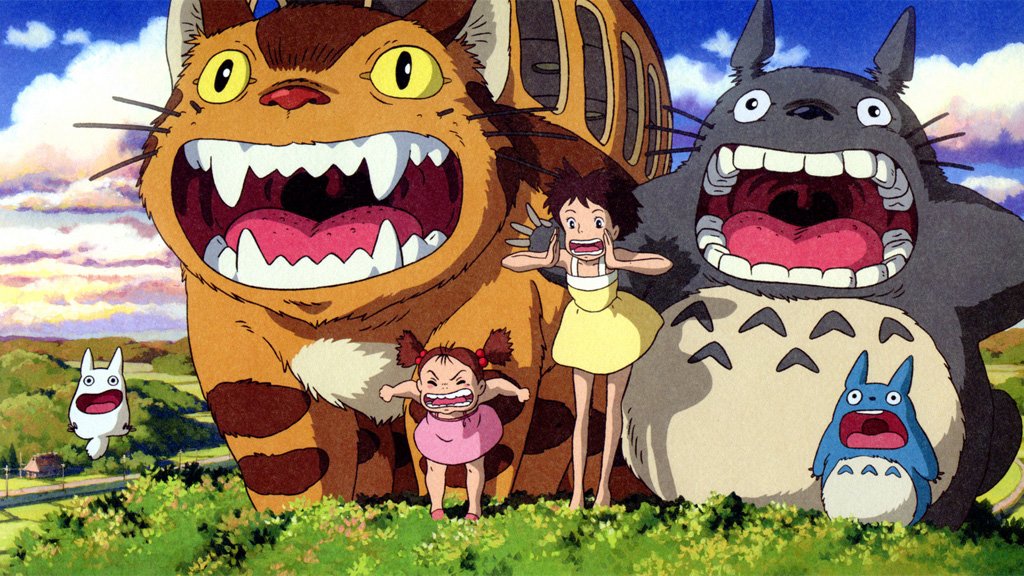
Formed in 1985, Ghibli is a Japanese studio that has often been compared to Pixar, for their heartfelt and fantasy animations. Although their films didn’t make massive waves until 2001’s Spirited Away and its Oscar win, they were cult classics. My Neighor Totoro and Kiki’s Delivery Service, in particular, had a successful run on VHS, and these versions are now collector’s items, due to the different English dubs. Ghibli has had an advantage at making a name for itself in the west, thanks to its association with Disney. Not only have they helped with distribution, but they also went the extra mile with the English dubs. Rather than just directly translating, they readjust the grammar to make sense, and get big names, like Christian Bale, Hailee Steinfeld and Patrick Stewart to voice the characters.
Also Read: The Rise of Studio Ghibli


